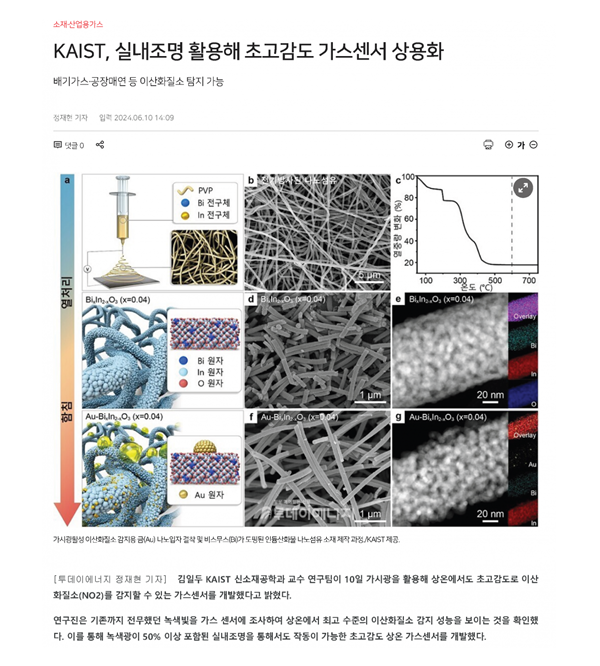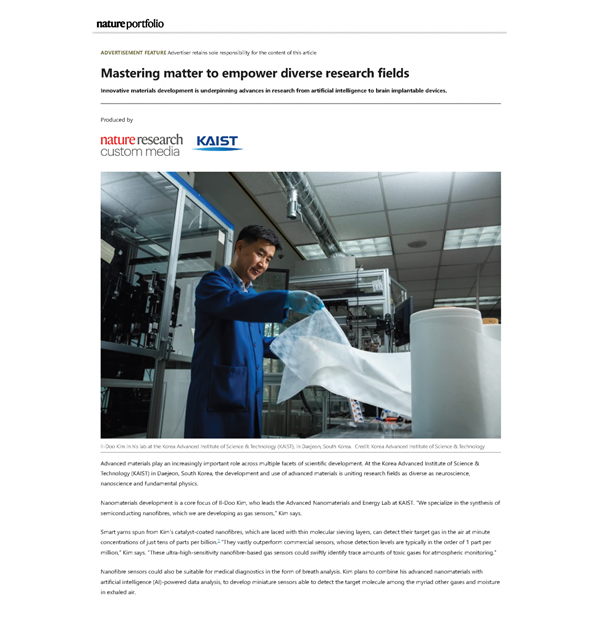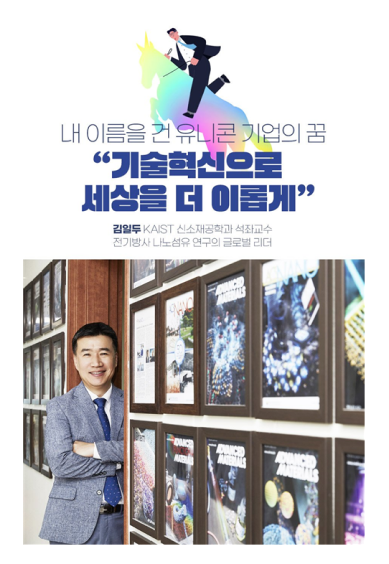MSE PROFESSORS
Prof. Byungha Shin’s invited talk at MRS Spring Meeting (USA) on April 24, 2024.
Title: <Monolithic photoelectrochemical tandem devices consisting of tunnel oxide passivated contact silicon and BiVO4 enabling unassisted water splitting>

Prof. Jonghwa Shin had an invited talk at the 16th Pacific Rim Conference on Lasers and Electro-Optics (CLEO-PR, Incheon, Korea, August 4th - 9th , 2024). The topic of the presentation is “Exploring Wave Phenomena with Various Neural Network Models”
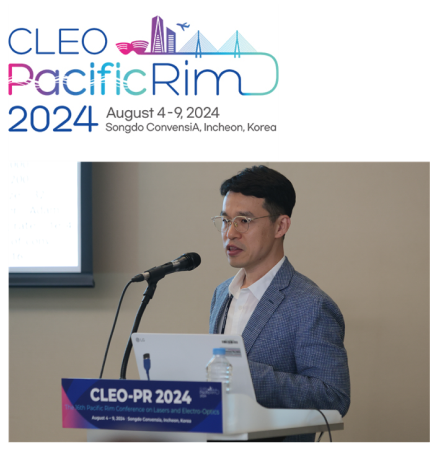
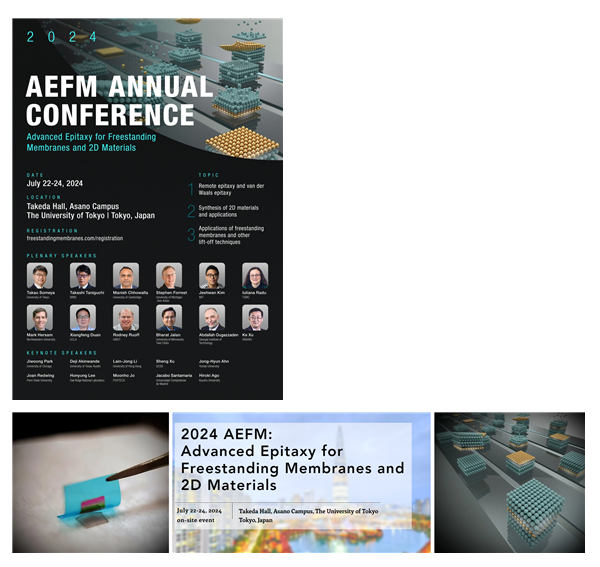
Prof. Kibum Kang hosted the AEFM (Advanced Epitaxy for Freestanding Membranes and 2D Materials) Conference as the chair of the 3D nanomembrane session in Tokyo, Japan. (24.07.22 ~ 24.07.24)

Prof. Kibum Kang hosted the 11th Korean symposium on Graphene and 2D materials in Busan, Korea. (24.07.10 ~ 24.07.12)
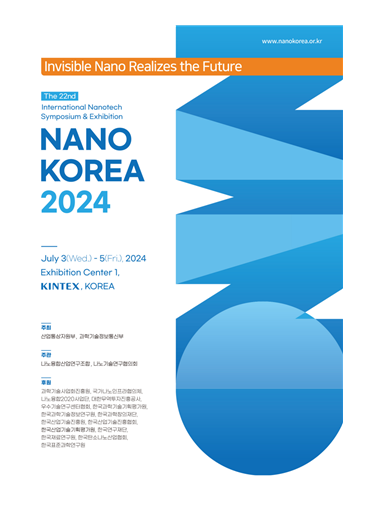
Prof. Jong Min Yuk had an invited talk at 22nd NANO KOREA 2024 Symposium, KINTEX, Korea (3-5 July 2024): The topic of presentation is “High-Performance Sodium-Ion Battery using Copper Sulfide Anode and NASICON-Type Cathode”.
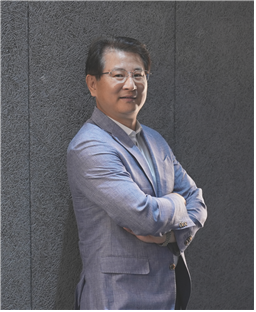
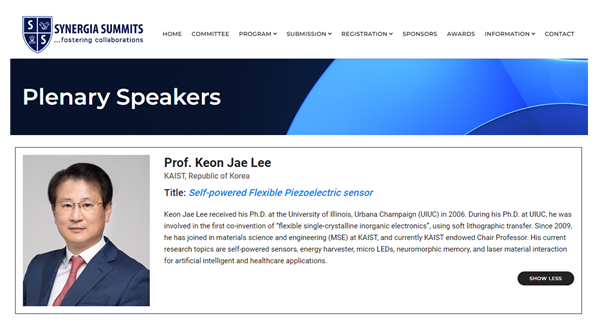
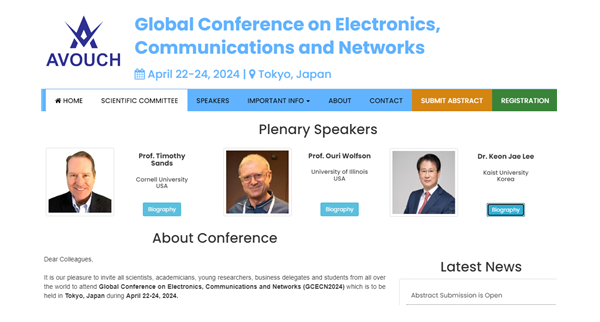
- Google Scholar h-index 94, total citation 33870 (2024.09.19.)
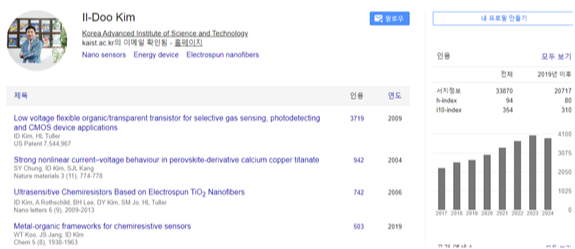

- Very high sensitivity gas sensor operated by ambient light (2024.06.10.)
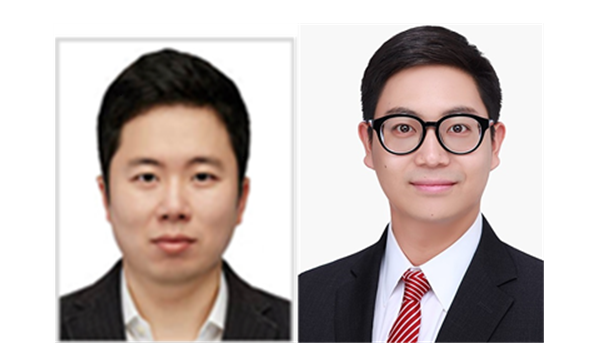
There has been active research on bioelectronic devices, which continuously measure biological signals to diagnose or treat various diseases, such as smartwatches that monitor heart rates in real-time or pacemakers that regulate heartbeats. A KAIST research team has gained attention by developing a conductive hydrogel material that minimizes damage when in contact with biological tissues and can measure signals from the surface to deep tissues using a 3D microneedle structure.
KAIST (President Kwang-Hyung Lee) announced on the 7th that a joint research team led by Steve Park, a professor in the Department of Materials Science and Engineering, and Professor Park Sung-joon in the Department of Bio and Brain Engineering, has developed a conductive polymer-based electrode material that allows easy and fast fabrication of bioelectronic devices in various forms through 3D printing.
This research is expected to overcome the limitations of conventional 2D electrode patterning technology, which made it difficult to access certain areas, enabling the stimulation and measurement of deep brain regions. This could lead to a more accurate understanding of brain activity principles in deep brain areas. Furthermore, this technology can be broadly applied, from healthcare monitoring devices attached to the skin to implantable bioelectronic devices, through 3D printing.
Traditional bioelectronic devices used metallic materials that posed a risk of damaging fragile biological tissues due to their rigidity. Additionally, the conductive hydrogel materials developed to address this issue had low electrical conductivity and required over 24 hours of post-production processes to remove toxic substances. Moreover, these materials were limited to 2D electrode patterning, making it difficult to fabricate devices in various forms.
The research team addressed these challenges by processing conductive polymers into nanometer-sized colloids to improve the ink's rheological properties* and developed a highly conductive hydrogel ink that can be 3D-printed without the need for post-processing by removing toxic substances through a centrifugation process.
*Rheological properties: This refers to the flow characteristics of the ink and its ability to maintain the printed shape after extrusion. Higher rheological properties allow the ink to retain its shape after printing, while lower properties make it difficult to maintain the printed form.
This material boasts approximately 1.5 times the electrical conductivity (286 S/cm) compared to previous studies and allows high-resolution patterning (~50μm) and omnidirectional 3D electrode patterning. Additionally, it has a similar modulus to biological tissues (750 kPa), minimizing damage when in contact with biological tissues.
The team validated the functionality of the new electrode material by developing ECG and EMG measurement tattoos, ECoG cortical conductivity measurement devices, and 3D brain probe measurement devices. They also confirmed its performance as a bio-stimulation device by developing a device that stimulated a rat’s sciatic nerve with low voltage (60 mV) using its high charge storage capacity. Furthermore, they demonstrated that complex 3D circuits could be fabricated for various applications and that electrodes could be patterned in 3D microneedle structures, enabling the creation of neural interfaces that detect not only surface biological signals but also signals from deep tissues.
Steve Park, the KAIST professor who led the research, stated, “Existing 3D printing technologies required long and complex post-processing to improve the conductivity and biocompatibility of printed electronic devices, limiting the full potential of 3D printing’s rapid prototyping advantages. This study solves these issues, and we expect it will be widely used in future patient-customized bioelectronic devices and various 3D circuit applications.”
This research, conducted by doctoral student Oh Byung-guk and master’s student Baek Seung-hyuk from the Department of Materials Science and Engineering, and integrated Ph.D. candidate Nam Geum-seok from the Department of Bio and Brain Engineering, was published in the July 11 issue of Nature Communications (Title: 3D printable and biocompatible PEDOT
liquid colloids with high conductivity for rapid on-demand fabrication of 3D bioelectronics).
The study was supported by the National Research Foundation of Korea’s Nano and Material Technology Development Project, the Mid-Career Researcher Program, and ETRI.
- KAIST-CMU Joint Symposium 2024 (2024.06.17.)
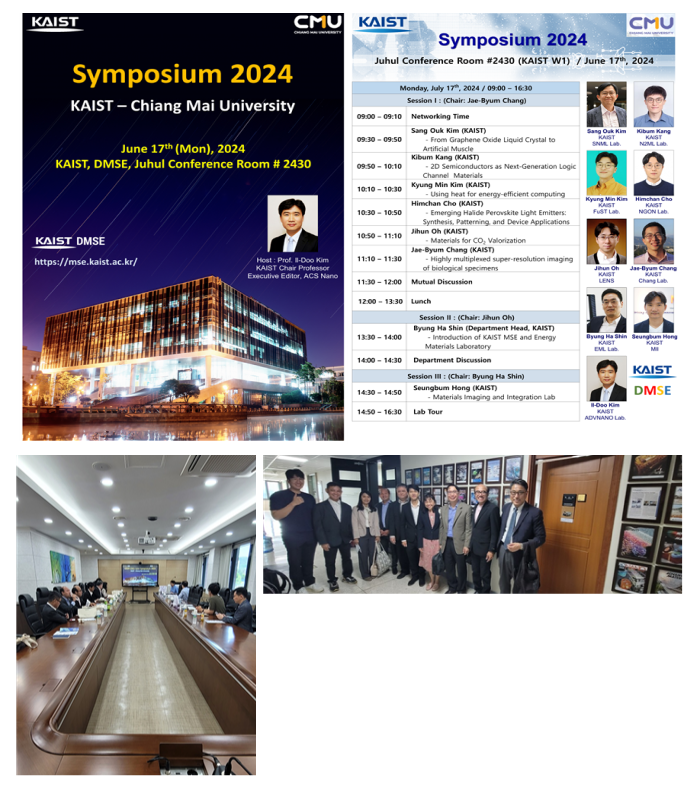
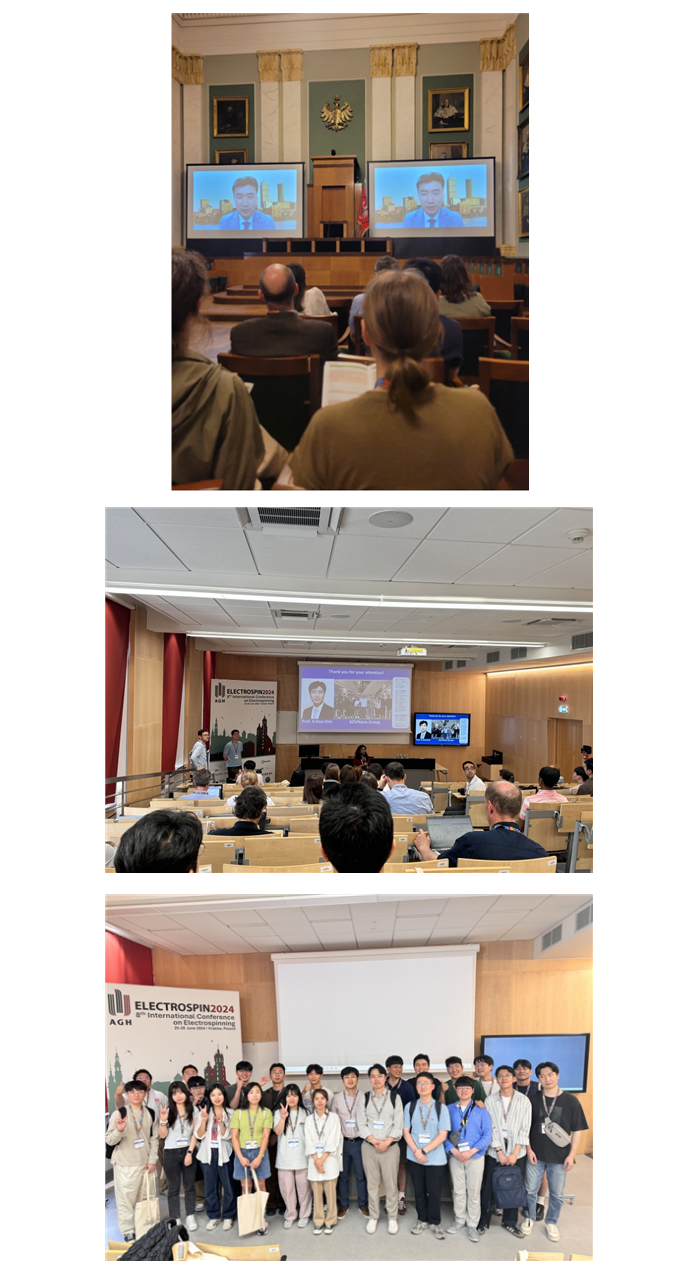
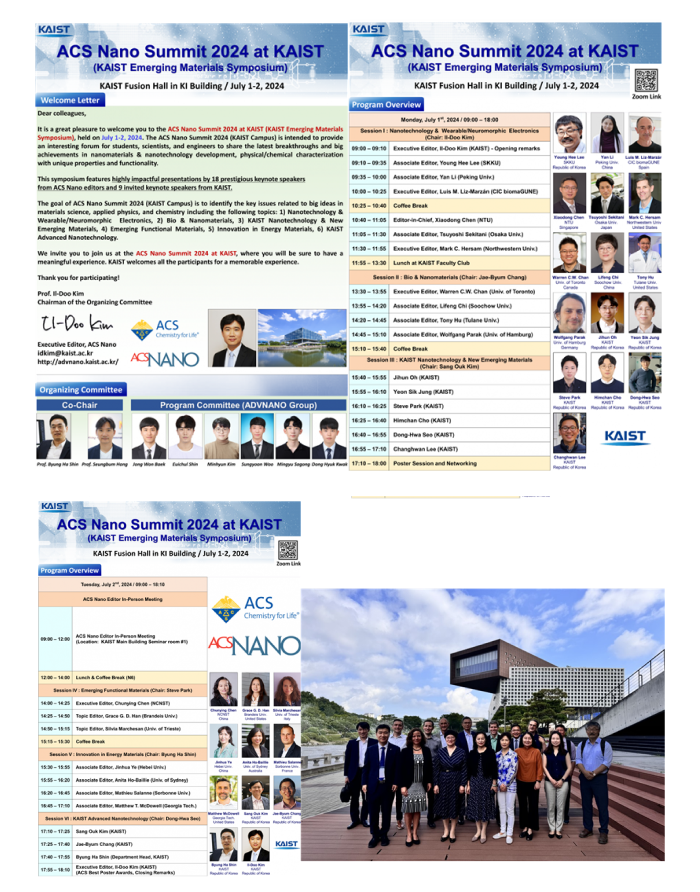
Dept. of MSE & BK21FOUR “R&E Initiative for K-Materials Global Innovation”
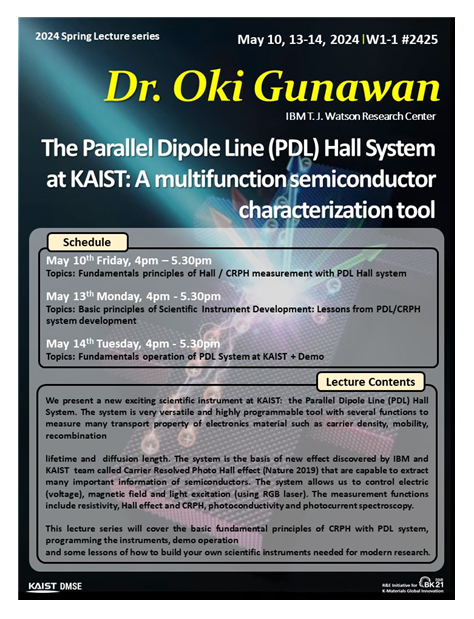
(1) Prof. Yuanyuan (Alvin) Zhou (HKUST)
<Perovskite Hetero-Interface Microstructure and Intra-Crystal Disorder>
(2) Executive Vice President Seung Yoon Lee of Hanwha Q CELLS
<Current Status and Outlook of Commercialization Technologies Related to PV/ESS and Introduction of Hanwha Q CELLS' Technology Strategy>
(3) Prof. Yoon (University of Surrey, UK) & Prof. Shin (Seoul National University)
<Exploring Opportunities with Halide Perovskite Solar Cells in emerging Space applications>
<Next-generation electronics enabled by inorganic single-crystalline semiconductor membranes>
(4) Prof. An Tiny Maria Hardy (Hasselt University)
<Overcoming Challenges in Solution-based Synthesis of Inorganic Materials for (Photo)electrocatalytic H2 and CCU.>
(5) Prof. Edgardo Saucedo Silva (Universitat Politécnica de Catalunya (UPC))
<Emerging inorganic thin film materials for photovoltaic applications>
On May 28, we had a guest seminar by Prof. Tamara Alliston, a professor in the Department of Orthopaedic Surgery at UCSF and the director of the UCSF Musculoskeletal Center, renowned for her pioneering research on TGFβ signaling in bone and cartilage development and its implications for skeletal and cancer biology.
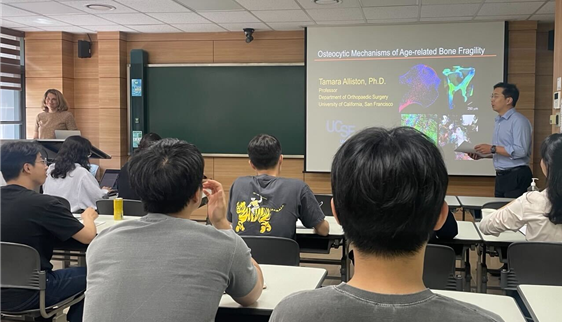
On May 30, we had a guest seminar by Prof. Josep Puigmartí Luis from the University of Baracelona. His research interests include the synthesis and controlled design of functional materials in solution and on surfaces, as well as the development of microfluidic technologies to command and understand the formation and function of unprecedented out-of-equilibrium assemblies (a key aspect to unveil structure-properties correlations of new functional matter).
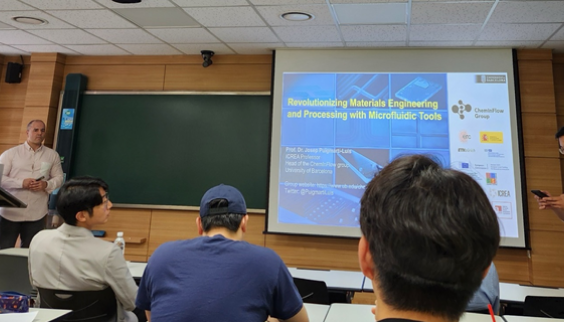
1. ALDAVER
ALDAVER was selected as a Baby Unicorn for the ‘Global Unicorn Project 2024’

· https://biz.chosun.com/industry/business-venture/2024/06/26/XQ72VW22WNDSTJL5YOJMAONTRM/
· https://www.koreatechdesk.com/ministry-of-smes-and-startups-selects-50-baby-unicorns-and-15-prospective-unicorns-for-global-unicorn-project/
2. Prof. Kibum Kang started the TDS (2D semiconductor) innovation start-up.
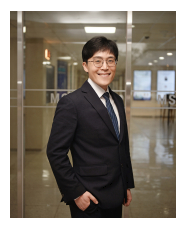
3. Prof. Jae-Byum Chang started the Flashomics Corp.





